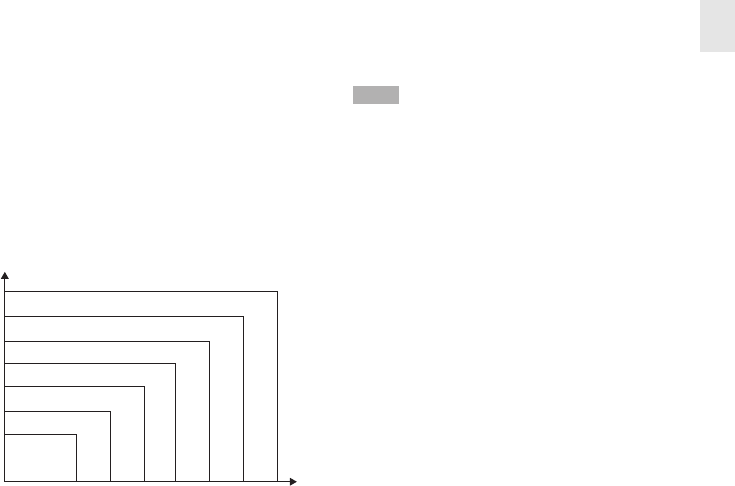
EN
6
Why measure your blood pressure?
Blood pressure measurement can highly reflect one's
health condition. High blood pressure is potentially
linked to serious illnesses such as stroke, heart
disease and kidney failure.
Since there is no symptom most of the time, many
hypertensive people do not realize they are at risk
until their health is seriously threatened.
What is the standard blood pressure classification?
Figure 3 illustrates the blood pressure classification
made by World Health Organization (WHO) and
International Society of Hypertension (ISH) in 1999.
Reference material: 1999 World Health Organization-
International Society of Hypertension Guidelines for
the management of hypertension, Journal of
Hypertension, 1999, 17(2): 151-183.
NOTE
• Blood pressure is considered high when either the
diastolic or systolic blood pressure value exceeds
the normal range. When a patient’s systolic and
diastolic blood pressures fall into different
categories, the higher category should apply.
• Only a physician can tell you your normal blood
pressure range and the point at which you are at
risk. Consult your physician to obtain these values.
If the measurements taken with these products fall
outside the range, consult your physician.
Why does my blood pressure fluctuate throughout
the day?
Individual blood pressure varies greatly both on a
daily and a seasonal or temperature basis. These
variations may be more pronounced in hypertensive
patients. Normally the blood pressure rises while at
work and is at its lowest during sleep.
The graph below illustrates the variations over a
single day with measurement taken every 5 minutes.
The thick line represents sleep time. The rises in
blood pressure at 4PM (A in the graph) and 12AM (B
in the graph) correspond to an attack of pain and
sexual intercourse (Beven, Honour & Stott, Clin. Sci.
36:329, 1969).
Grade 3 hypertension(severe)
Grade 2 hypertension(moderate)
sys tolic blood preesure(mmHg)
Figure 3
Grade 1 hypertension(mild)
Subgroup: borderline
High-normal Blood Pressure
Diastolic blood pressure (mmHg)
Normal Blood Pressure
Optimal Blood
Pressure
120
80
85
90
95
100
110
130 140 150 160 170 180


















